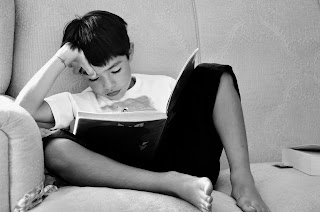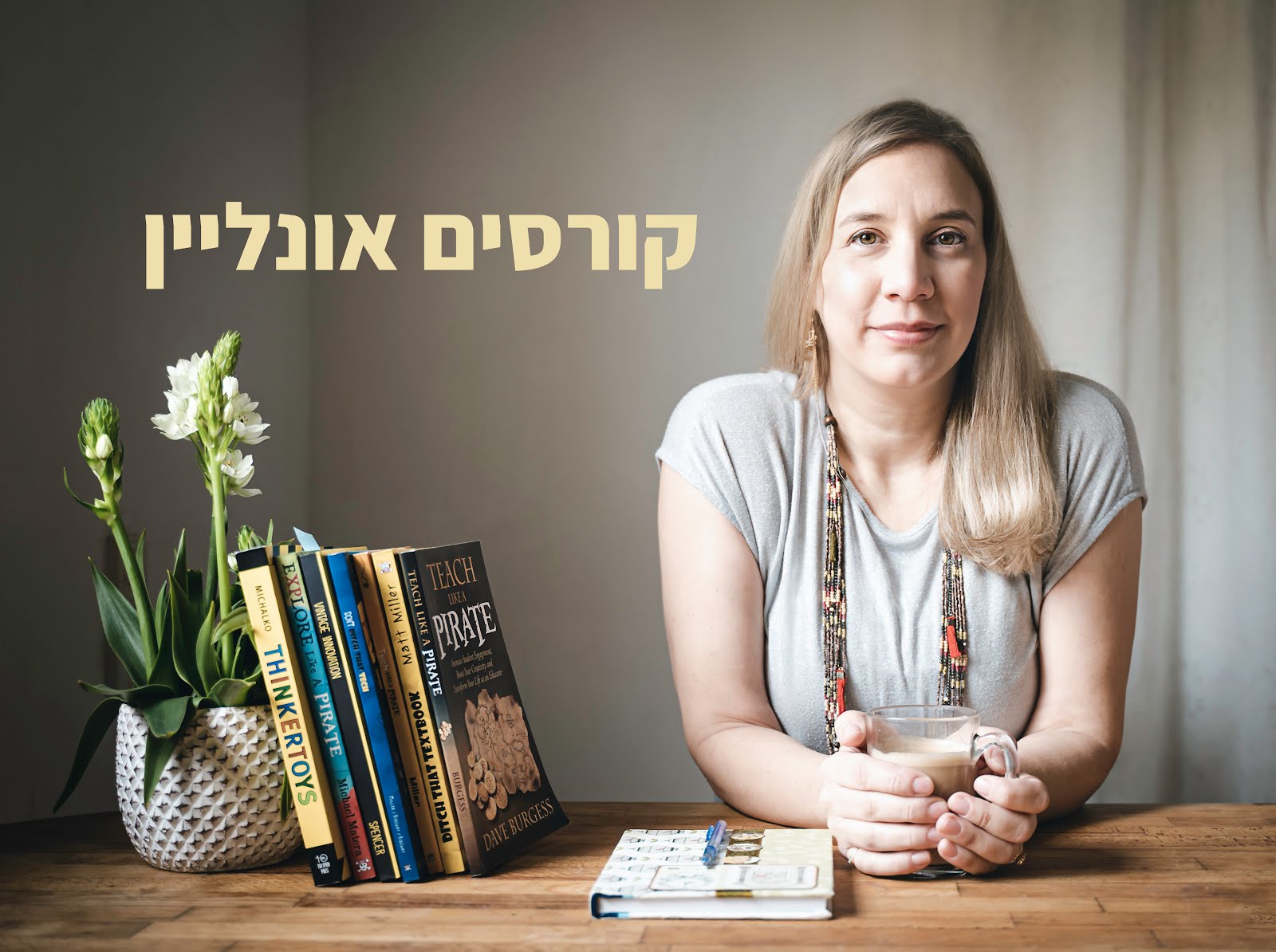We
all want our students to be able to read fluently, be confident readers and
enjoy reading, but we all know it is not
that easy. The following strategies, adapted for the Israeli EFL classroom from
a book called "The Reading Strategies Book" by Jennifer Serravallo,
will help young learners acquire reading
habits that are sure to help.
1. Word treasure hunt!
This strategy is all about
exploring the pages and looking for "words/letters/pictures that I know".
Teacher can say…
Let's look at the page, see any
words that you know?
Show me the words you know on
this page.
Treasures can be: a, I, and, the etc…
2. Be an explorer
When we start teaching our
students to read short texts or enjoy short books, we can apply a cute, non-threatening
strategy that will ease their way into reading whole texts. Have students
explore short stories or books (perhaps have them explore just one short story
that you would like to start teaching) and find the "hidden
treasures". Hidden treasures can be anything from "Ants can cut
leaves" to "The car is blue"!
Teacher can say…
What can you find?....Do you see
anything on this page?.... What do you see at the bottom of the page? …. Not so
fast! I think there is more on here...
3. Moving fingers across the page.
This will work well for 4th
or 5th grade EFL students. Students use their fingers across the
whole page and say what the page is mostly about. Then they zoom in on the
small details saying one thing for each part they find. This will help students
find the key sentence and the supporting details in a text.
4. Linger finger
Move your finger around the page
and stay in one spot for a long time. Say something each time your finger lands
in a spot. Students are not supposed to rush, they need to stay in one place,
that's why it is called "linger finger". Staying in one place will
make the eyes and the mind focus on one spot and dig deeper.
5. Use Pictures
If we want students to start
reading a book, we can use the pictures as stepping stones. Students can look
at the pictures in the book and try to tell the whole story from the pictures.
It can also work well when we want them to review a story that we read earlier
in class together. Students need to rethink how those pictures connect and
retell the story.
6. Characters do and say
On every page we will try to say
what the character does and what the character says.
Teachers can say…
"what do you think this
character is saying"?
Look at the picture: what's he
doing?
7. Stop on a page / paragraph
In a short text, students can
stop after every paragraph and bring the story to life by using the face, body and
voice. Then students should add words to explain what they are doing.
Teachers can say…
Show me with your face and body-
What's the character doing now?
Talk like the character.
8. Express the Emotions
Think about how the character is
feeling on this paragraph. Students can figure out many times the emotions of
the characters from the pictures and then they can act it out. It is better to
model the way kids should act it out by using two very different parts in the text
like the beginning and the ending.
Teacher prompts
How did the character feel? Show me.
Yes, your voice matched the character's
feeling on that page! Good!
Hili
Sources: "The Reading Strategies Book" by Jennifer Serravallo, 2015, Heinemann
Sources: "The Reading Strategies Book" by Jennifer Serravallo, 2015, Heinemann








1 תגובות
אני אומרת להם מה למצוא?
אני מחביאה בטקסט מלל מסויים שלא קשור?
אשמח להסבר מפורט יותרץ
תודה